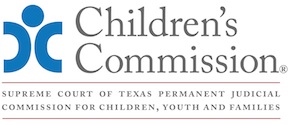H. Recent Legislative Changes Relating to Protective Orders
In the 89th Regular Legislative Session, several legislative changes were made which impact protective orders. Tex. Fam. Code § 153.010 now prohibits courts from ordering joint counseling sessions between victims of family violence or sexual abuse and their abusers. It also bans coercive practices such as isolating children from their support systems during court-ordered counseling.
Under Tex. Fam. Code § 81.02, a protective order prevails over any other conflicting order in a divorce or SAPCR. Tex. Fam. Code § 85.064 requires that protective orders that were in place prior to or during a SAPCR case be transferred to the SAPCR court with the intention of reducing risk of conflicting rulings. Also, Tex. Fam. Code § 85.064 requires that prior to such transfer, it must be determined that the transfer will not negatively impact the safety of individuals protected by the order.
Tex. Crim. Pro. Article 17.292(j) now extends the duration of an emergency protective order in family violence cases from 30-60 days to 60-90 days. Also, the duration of emergency protective orders issued under Tex. Crim. Pro. Article 17.292(b)(2) was extended from 60-90 days to 90-120 days for the use or exhibition of a deadly weapon during the commission of an assault.
Additionally, the Texas Supreme Court recently held that a parent's due process rights required meeting a “clear and convincing” evidentiary standard as well as the best interest of the child in order to support a protective order prohibiting contact between a parent and a child for more than two years' duration. Stary v. Ethridge, 712 S.W.3d 584 (Tex. 2025).
